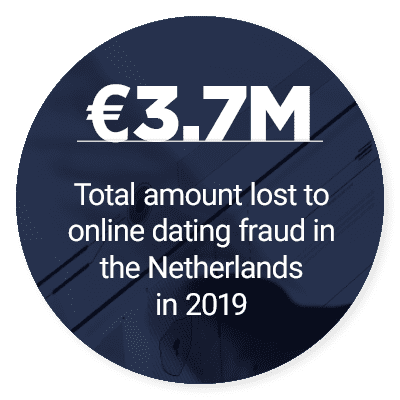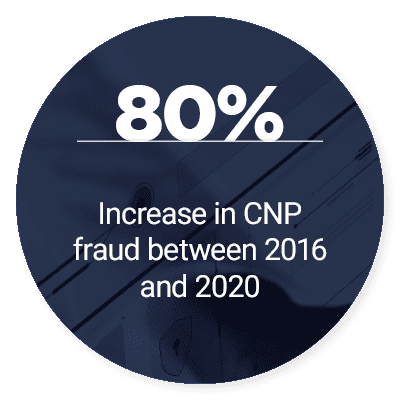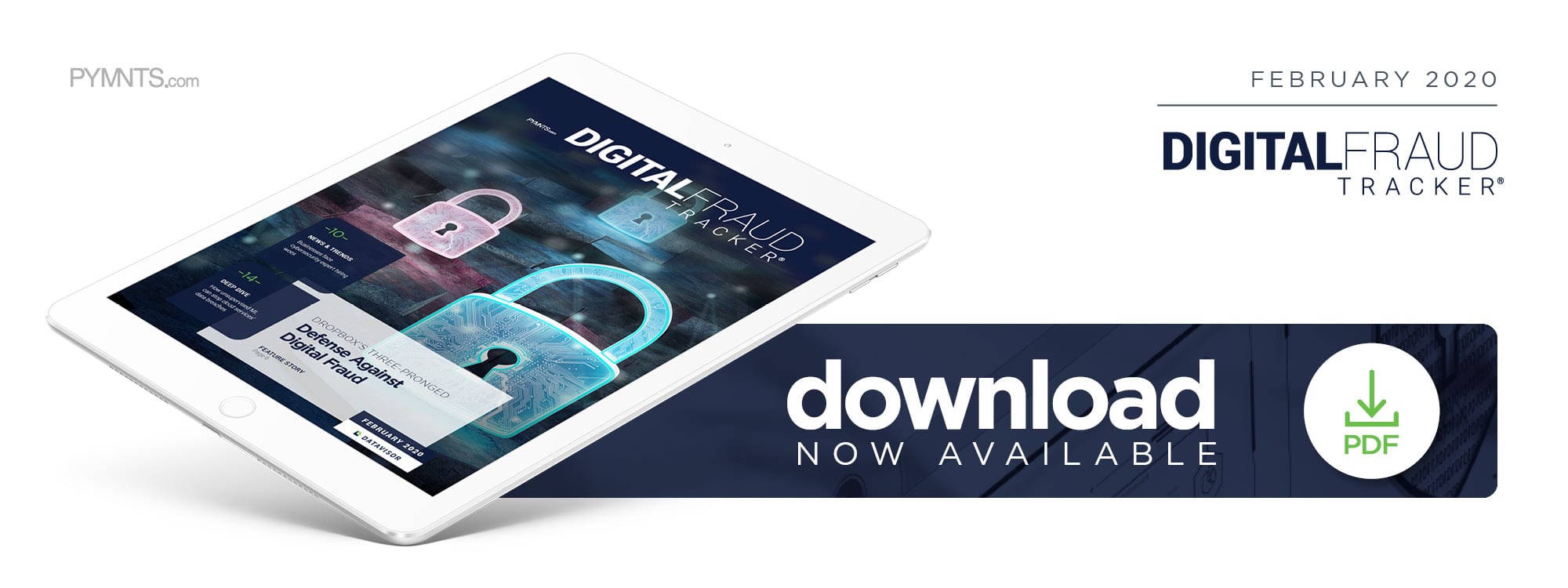How Dropbox Fights Fraud

Fraud continues to increase in many areas, despite extensive attempts to bring it to heel. Retail fraud attempts have doubled year over year, for example, while account takeover (ATO) fraud losses recently hit $14.7 billion, and phishing attacks now comprise 30% of all fraud attempts.
 Businesses of all kinds suffer from the pervasiveness of fraud, with a recent study finding that 40% of retailers, restaurants and insurance companies had their online expansions impeded by cybercrime. Many of these companies are turning to new and innovative techniques, such as machine learning, to counter this threat. Others, like Dropbox, are leveraging password encryption matching, and extensive employee education on best practices.
Businesses of all kinds suffer from the pervasiveness of fraud, with a recent study finding that 40% of retailers, restaurants and insurance companies had their online expansions impeded by cybercrime. Many of these companies are turning to new and innovative techniques, such as machine learning, to counter this threat. Others, like Dropbox, are leveraging password encryption matching, and extensive employee education on best practices.
The February edition of the “Digital Fraud Tracker®” explores recent developments (including a surge in online dating fraud in the Netherlands), the latest advances in unsupervised machine learning and an in-depth look at Dropbox’s extensive fraud prevention efforts.
Around the World of Digital Fraud
Fraud is on the rise in a variety of forms. Card-not-present (CNP) fraud, for example, rose from $4.5 billion to $7.2 billion since 2016, while account opening fraud rose from $703 million to $1.3 billion since 2016. These losses are devastating enough, but are made even worse by the fact that only 25% of fraud losses are ever recovered.
Some types of fraud target individuals rather than businesses. Online dating fraud, for example, is a pandemic in the Netherlands, where incidences more than doubled over the past two years. The average victim lost €14,400 ($15,927 USD) as a result of dating fraud, with country-wide losses totaling €3.7 million in 2019.  The most common victims were women, individuals over 45 and the divorced or widowed, though Dutch authorities noted that this type of fraud often goes unreported.
The most common victims were women, individuals over 45 and the divorced or widowed, though Dutch authorities noted that this type of fraud often goes unreported.
Nonprofits and charities can also fall victim to fraud. One recent incident occurred at U.K. housing charity Red Kite Community Housing, which was defrauded of £932,000 ($1.2 million USD). The fraudsters spoofed its service providers’ email contacts, and charged the charity for nonexistent services rendered, bypassing its two-factor authentication protocols. The fraud incident also drove the U.K.’s Regulator of Social Housing to downgrade the charity’s governance rating.
For more on these and other digital fraud news items, download this month’s Tracker.
Dropbox Leverages a Three-Pronged Approach to Fight Digital Fraud
Cloud service providers host untold terabytes of valuable data, making them a particularly juicy target for fraud. Dropbox is one platform working to keep its data safe from cybercrime, utilizing a three-part approach to fight illicit activity.
In this month’s feature story, Rajan Kapoor, the platform’s director of security, explained how Dropbox employs automated tools, user and employee education, and threat response teams to keep cybercriminals out of the cloud.
 Deep Dive: Unsupervised Machine Learning Surpasses Traditional Cloud Fraud Prevention Techniques
Deep Dive: Unsupervised Machine Learning Surpasses Traditional Cloud Fraud Prevention Techniques
The damage caused by fraud in the cloud service space can total in the millions of dollars, as demonstrated by the devastating Capital One data breach last year. Keeping these services safe is a tall order, though unsupervised machine learning may be the key to closing this security gap.
This month’s Deep Dive explores the various uses of unsupervised machine learning in the cloud, and how its diverse techniques and implementations can provide defense in depth against an equally diverse array of fraudsters.
About The Tracker
The monthly “Digital Fraud Tracker®,” a DataVisor collaboration, serves as a monthly framework for the space, providing coverage of the most recent news and trends.


